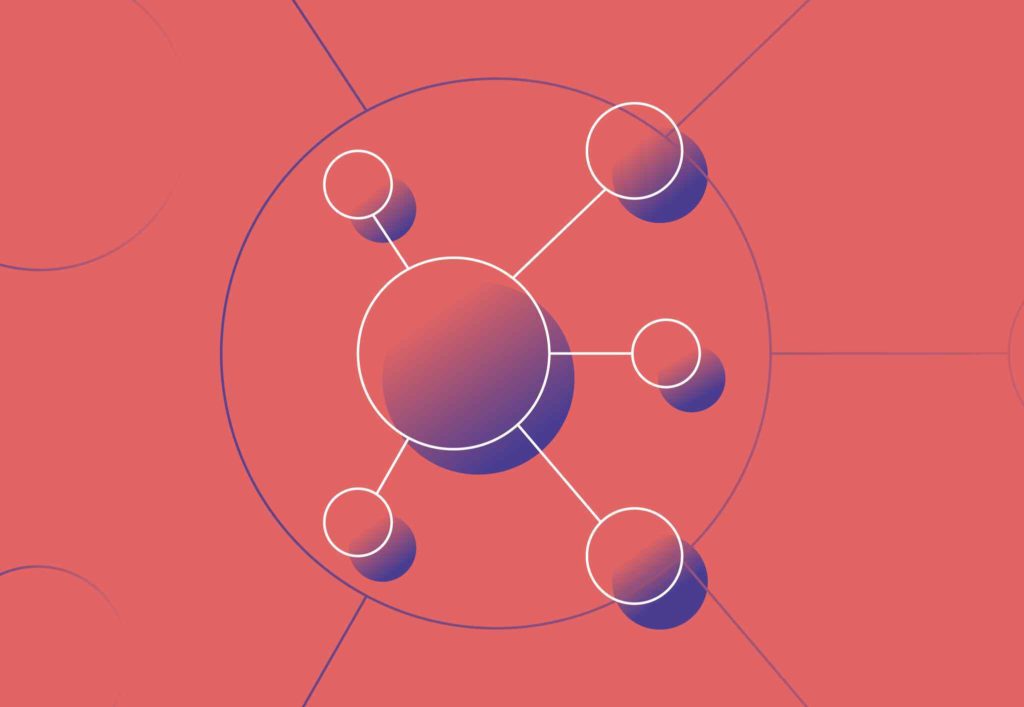
Using Data To Tell Stories

Using Data To Tell Stories
The ability to successfully explain insights from a dataset using narratives and visualisations is known as data storytelling. It may be used to put data insights into context for your audience and motivate them to take action.
Data storytelling is made up of three main elements:
- Data: The cornerstone of any data story is a thorough study of correct, full data. Using descriptive, diagnostic, predictive, and prescriptive analysis to analyse data can help you see the big picture.
- A verbal or written narrative, also known as a storyline, is used to explain data insights, the context in which they were collected, and the actions you advocate and want to inspire in your audience.
- Visualizations: Using visual representations of your facts and narrative to communicate your message in a clear and memorable way can be beneficial. Charts, graphs, infographics, photos, and movies can all be used.
Using data to tell stories can be used internally (for example, to express the need for product improvements based on user data) or externally (for example, to communicate the need for product changes based on user data) (for instance, to create a compelling case for buying your product to potential customers).
STORYTELLING’S PSYCHOLOGICAL IMPACT
Since the Cro-Magnon epoch, humans have told stories to interact with others and record accounts of daily life. While narrative techniques have advanced significantly since the days of cave paintings, their psychological impact remains unchanged, tens of thousands of years later.
The brain’s preference for tales over pure data originates from the fact that it processes and remembers so much data every day that it must decide what is necessary to digest and retain and what may be ignored.
Multiple areas of the brain are activated when someone hears a narrative, including:
- The Wernicke region is responsible for language understanding.
- The Amygdala is a part of the brain that deals with emotional responses.
- Mirror neurons are neurons that help us empathise with others.
The hippocampus, which stores short-term memories, is more likely to convert the experience of hearing a narrative into a long-term memory when different parts of the brain are engaged.
Consider how you may engage several sections of your team’s brains rather than providing them with a spreadsheet of facts and reeling off figures. You may elicit an emotional response on a brain level by using data to tell stories, which can help your points be remembered and acted upon. I often hear people say something
How To Create An Enjoyable Data Narrative
Characters, places, conflict, and resolution are all used when using data to tell stories, just like they are in any other story you’ve read or heard.
As an example, pretend you’re a data analyst who has just discovered that your company’s recent sales fall is being driven by customers of all genders aged 14 to 23. You discover that a viral social media post showing your company’s poor environmental impact caused the drop, and you create a narrative using the four important story elements:
- Customers between the ages of 14 and 23, environmentally conscious consumers, and your internal team are among the participants and stakeholders. This doesn’t have to be part of your presentation, but you should make a list of the main actors ahead of time.
- Set the scenario by revealing that there has been a recent dip in sales, which has been attributed to customers of all genders between the ages of 14 and 23. Use data visualisation to show the fall across audience categories, with the young users experiencing the greatest drop.
- Describe the source of the conflict: A viral social media post exposed your company’s bad environmental impact, prompting tens of thousands of young customers to abandon your goods. Incorporate data (such as this Harvard Business Review piece) on how customers are more environmentally sensitive than ever before, and how sustainably marketed items might possibly generate more cash than their non-sustainable competitors. To explain why customers stopped buying your product, remind the workforce of your company’s existing unsustainable manufacturing processes. Make use of visualisations as well to effectively use data to tell stories.
- Propose your solution as a resolution. You outline a long-term aim to pivot to sustainable production processes based on this data. You also focus your marketing and public relations efforts on making this shift visible to all parts of the audience. Use visuals to demonstrate how the investment in sustainable production techniques pays off in the form of new clients from the rising environmentally conscious market segment.
If your data story doesn’t have any conflicts—for example, if the data showed that your current marketing effort was driving traffic and exceeding your goal—you can skip that step and move directly to proposing that the present course of action be continued.
Whatever story the data tells, you can effectively communicate it by formatting your narrative with these elements and using visualisations to guide your audience through each piece.
What Data Storytelling Isn’t
Data storytelling is an effective method for involving stakeholders and motivating them to take action. When done incorrectly, however, it might result in inaccurate or incomplete data and conclusions. Never, ever, ever, ever do the following as you create your data stories and visualise your data:
- Don’t manipulate the scalar value. Don’t base your scale and units on arbitrary numbers when viewing data. Make sure you’re visually representing the entire context.
- Data shouldn’t be cherry-picked. Show the entire picture, not just the facts that best support your viewpoint.
- Be reliable. Colours, labels, and conventions should not be changed between graphics. Inconsistencies in graphics and phrasing might be perplexing, making it harder for your audience to follow the tale and fully interpret the data.
- Make certain you’re telling the entire tale. To guide your judgments and conclusions, use reliable facts from credible sources, and always include context.
For leaders at all levels, using data to tell stories is a powerful way to communicate complex ideas, gain buy-ins, and inform better decision-making. You can create compelling data stories that drive change by combining best practices in visualisation, data analysis, and storytelling.




